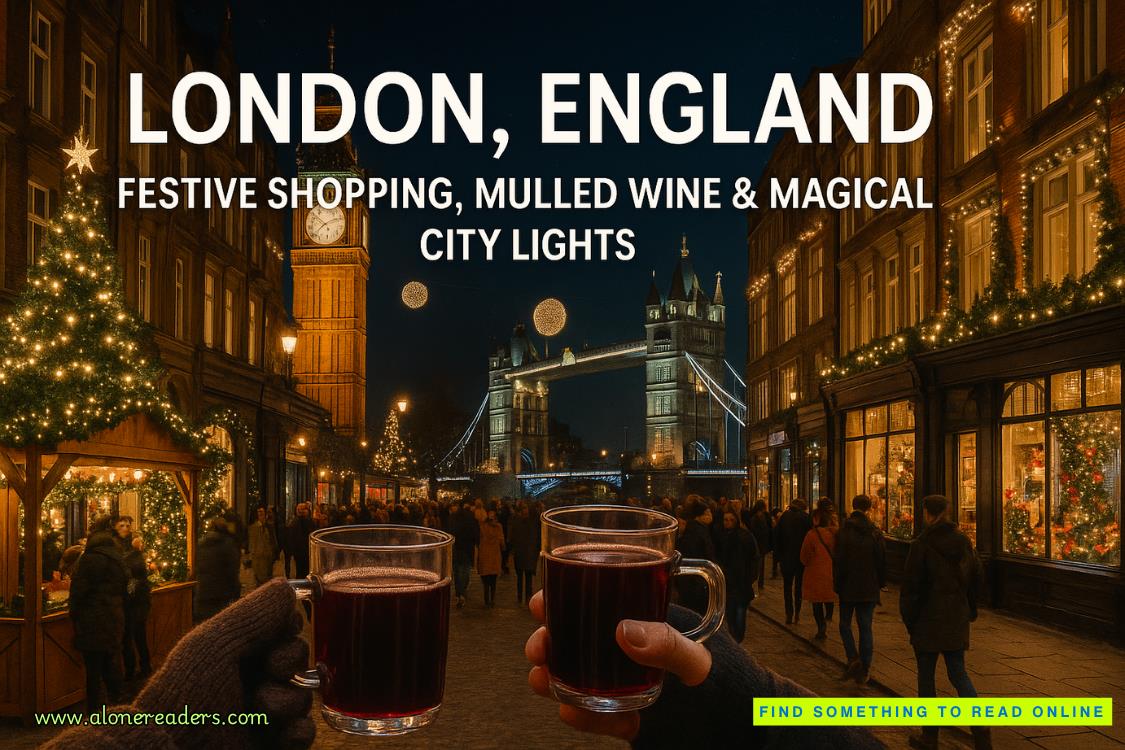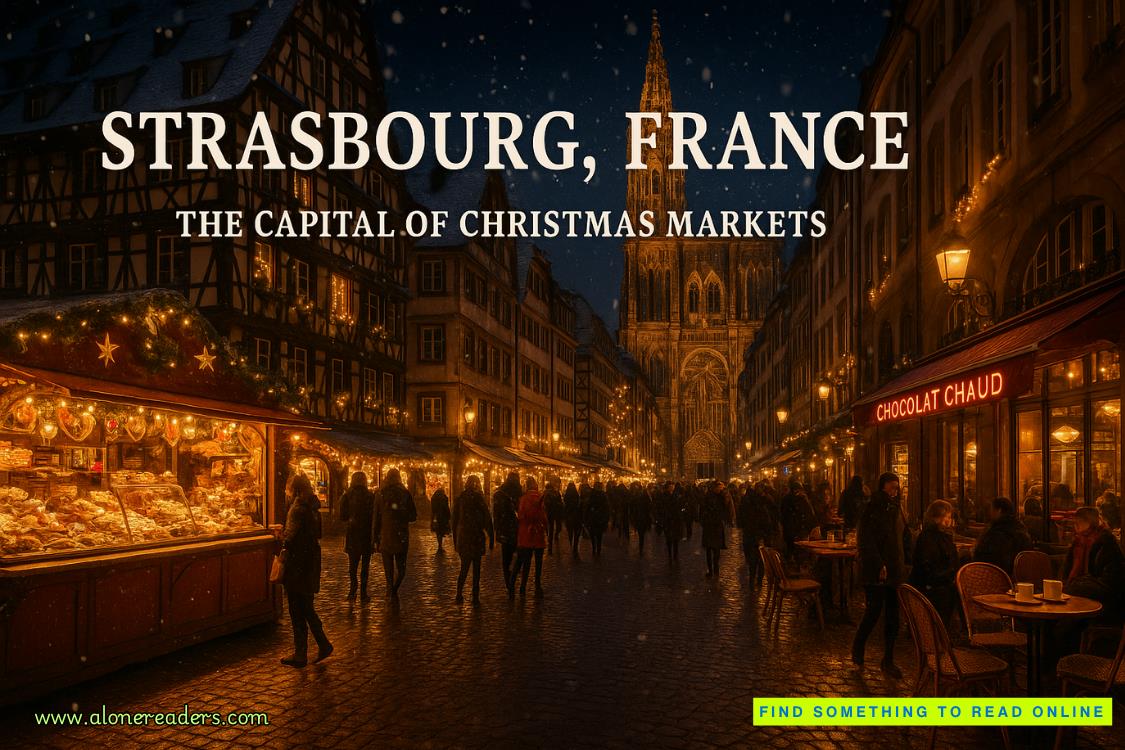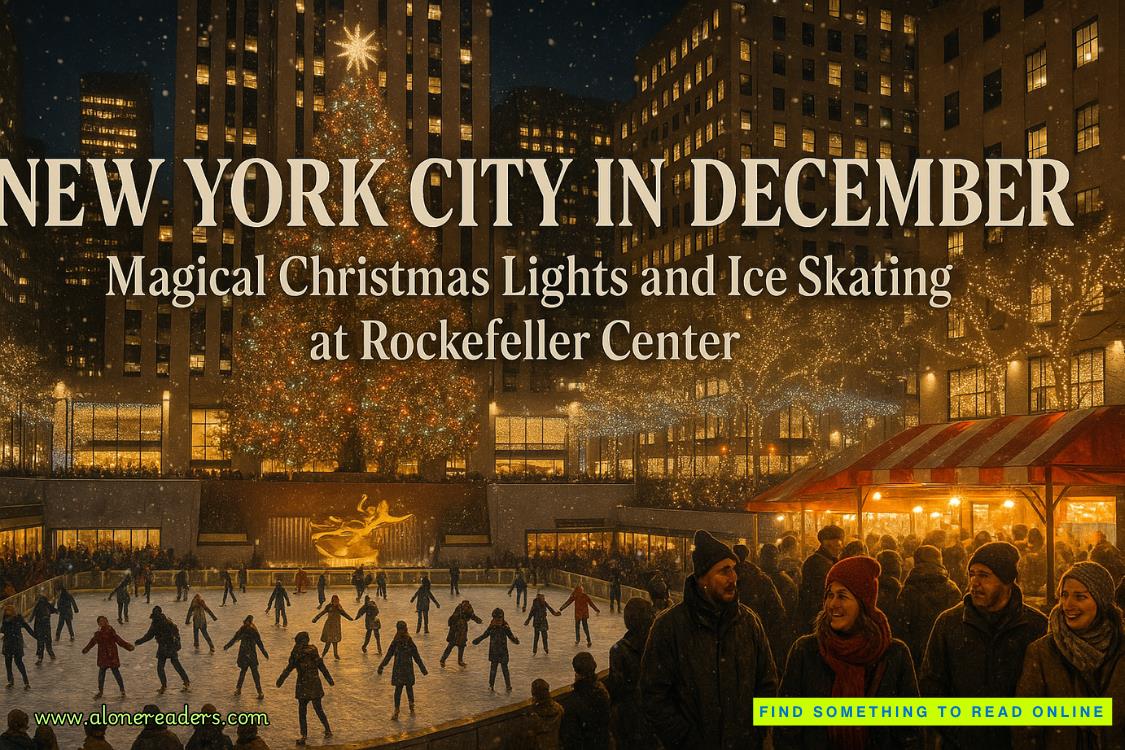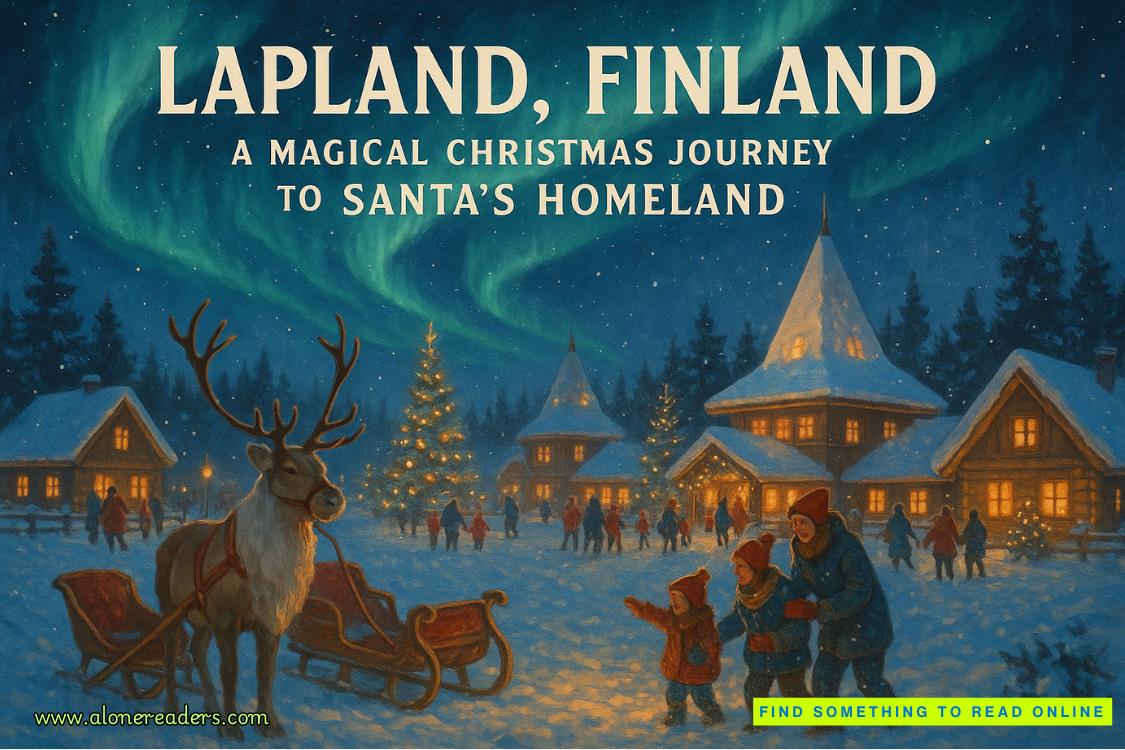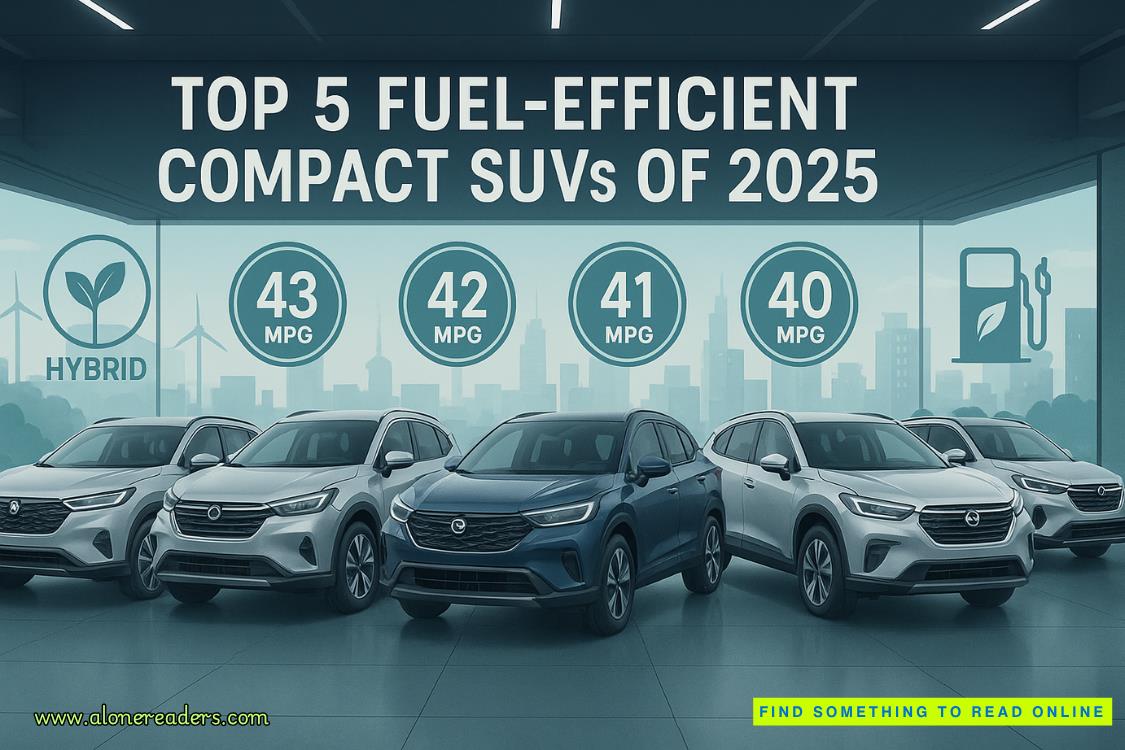Page 35 of Atmosphere
Vanessa moved over Joan’s shoulder, and Joan backed away to give Vanessa a chance to look. As Vanessa brushed up against her, Joan noticed that she smelled like baby powder. Joan now felt gauche, wearing perfume.
Vanessa peered into the eyepiece.
“That is Alpha Herculis, or Rasalgethi, which is Arabic for ‘Head of the Kneeler.’ It’s almost four hundred years into the past you’re looking. It appears to be one star to the naked eye, but it’s—”
“Is it a binary?”
“It’s actually a triple star system.”
“Okay.”
“Hercules has no first- or second-magnitude stars, so it’s a great place to start expanding your celestial landmarks. It’s not like Lyra or Cygnus, or even something like Boötes or Auriga, which we can see tonight on the horizon. Hercules doesn’t have a bright star that draws your eye to it. Though a lot of the stars are magnitude four, which is decent. The brightest star is actually called Beta Herculis, not Alpha. Don’t get me started on that.”
Vanessa laughed, and Joan gently pulled her away from thetelescope. “Can you see Rasalgethi now with your eyes? As I point toit?”
Vanessa’s sight line followed Joan’s finger. Joan watched Vanessa’s face for any sign of recognition.
“I think so,” Vanessa says.
“Okay, now to the right and farther toward the zenith, you should see a star a little brighter than Rasalgethi—do you see it?”
“Yeah, I got it.”
“That’s Beta Herc, also known as Kornephoros—the ‘club bearer.’ Now we’re looking at Hercules upside down. Rasalgethi represents the head and Kornephoros one of his shoulders. From there, you should be able to make out the four stars that are the torso. They are called the Keystone asterism. One star at each point of his shoulders and hips. With two arms coming off it. The one off of Kornephoros goes up, almost like he’s throwing a football. The other arm goes out to the side, as if he’s pointing.”
“I can see that,” Vanessa said.
“All right, so follow it down, you’ve got his pelvis, in this asterism there, and then two legs.”
“He looks like he’s running,” Vanessa said, smiling.
“Exactly. He’s standing or dancing—or, as most commonly interpreted, kneeling—on Draco’s head. Draco being the representation of the dragon Ladon, who Hercules defeated outside the garden of Hesperides.”
Vanessa took her eyes off the sky. “Placed there by Zeus, I assume. Almost all the constellations are placed by Zeus.”
Joan smiled. “Well, most of the northern constellations. At least in Western cultures. They say that when Hercules—or Heracles, I should say, since that was the Greek name—was poisoned by Hydra’s venom, the human part of him died but the immortal part of him joined his father and the other gods on Mount Olympus. And Zeus had the image of both him and Draco placed in the night sky, to honor him.”
Vanessa looked at Joan. “The mythology always struck me as a little trivial.”
“Oh, no. I disagree. That’s part of what I love about astronomy. When we learn about the constellations, we also learn how earlier generations made sense of the world. The stars are connected to so many other elements of our life. It’s the gray areas that are most fascinating: ‘Is this astronomy or history?’ ‘Is this time or space?’ ”
Vanessa looked back up at the sky. “I can still see it—Hercules. Now that you’ve pointed it out, I can see it so clearly. And then just beyond it is Ursa Major and then Ursa Minor, with Polaris.”
Joan nodded. “That’s what made me fall in love with astronomy as a kid,” she said. “That the night sky is a map, and once you know how to read it, it will always be there. You’ll never be lost.”
Vanessa smiled at her. And it made something in Joan want to keep talking. “I’ve always felt like, when I look at the stars, I am reminded that I am never alone,” she said.
“Really?” Vanessa said. “How?”
“Well, we are the stars,” Joan said. “And the stars are us. Every atom in our bodies was once out there. Was once a part of them. To look at the night sky is to look at parts of who you once were, who you may one day be.” As she said it, Joan could tell how lonely it must sound. To find companionship with the stars. But what she meant was bigger than that.
Being human was such a lonely endeavor. We alone have consciousness; we are the only intelligent life force that we know of in the galaxy. We have no one but one another. Joan was always moved by the fact that everything—all matter on Earth and beyond, up past the atmosphere, going as far as the edges of the universe, as it expands farther and farther away from us—is made from the same elements. We are made of the same things as the stars and the planets. Remembering that connection brought Joan comfort. It also brought her some sense of responsibility. And what was kinship but that? Comfort and responsibility. “It sounds stupid, I know,” she said.
“No,” Vanessa said. “It doesn’t. It’s fascinating. I love hearing why you became an astronomer. I don’t know if I have that clarity.”
“About why you wanted to be a pilot?”
“I mean, what am I doing at NASA? I know they want me because I’m an aeronautical engineer. But that’s my day job. The real me is a pilot. That’s who I am. And they won’t let me fly the shuttle.”
